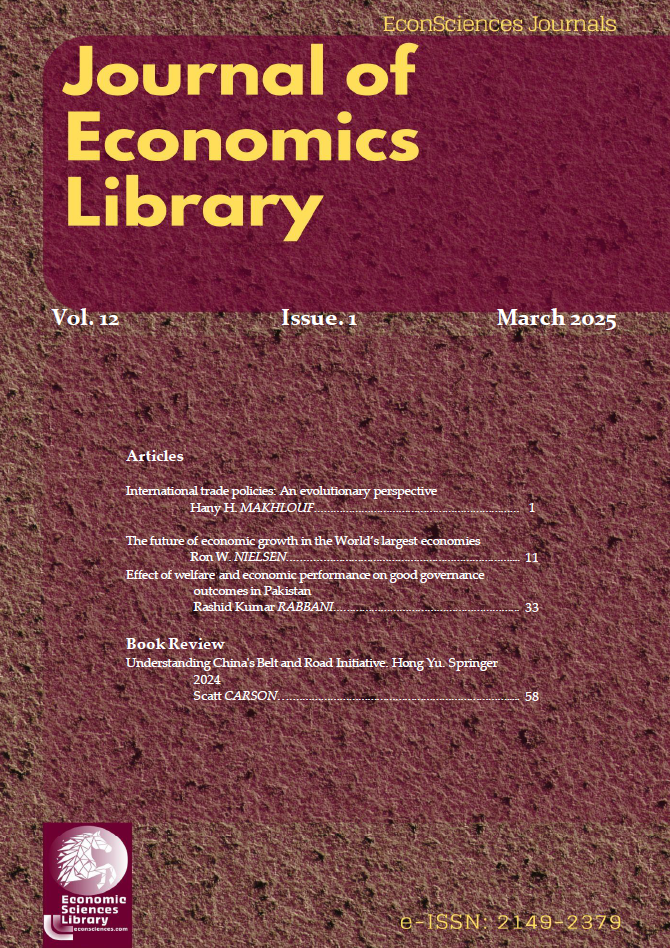Abstract
This book offers a comprehensive, decade-long analysis of the origins, evolution, and geopolitical consequences of China's signature foreign policy initiative: the Belt and Road Initiative (BRI). As the center of China’s aspiration to become a global power, the BRI is analyzed as both a strategic platform for driving global economic growth through massive infrastructure connectivity and an assertive instrument of Beijing’s proactive diplomacy under President Xi Jinping. The study unpacks the core motivations, including managing domestic overcapacity, securing global market access for Chinese firms, and transforming economic might into geostrategic leverage. The book’s analytical depth is provided through rigorous case studies across key priority regions, including Southeast Asia (Vietnam, Singapore, Cambodia) and the Middle East (Saudi Arabia, Iran). Crucially, it assesses China's pragmatic response to international criticism, detailing the development of "BRI 2.0," which emphasizes higher standards, financial sustainability, and an expansion into digital and health sectors. Furthermore, the analysis contextualizes the BRI within the broader landscape of Sino-US strategic competition, evaluating competing initiatives like the G7’s Partnership for Global Infrastructure and Investment (PGII). This volume is an essential reference for understanding the BRI’s multifaceted role in reshaping the 21st-century world order.
Keywords. Belt and Road Initiative (BRI); Geopolitics and Geoeconomics; Infrastructure Connectivity; China-ASEAN Relations; Global Governance.
JEL. F50; O19; R40; F15; P48.

This work is licensed under a Creative Commons Attribution-NonCommercial 4.0 International License.
